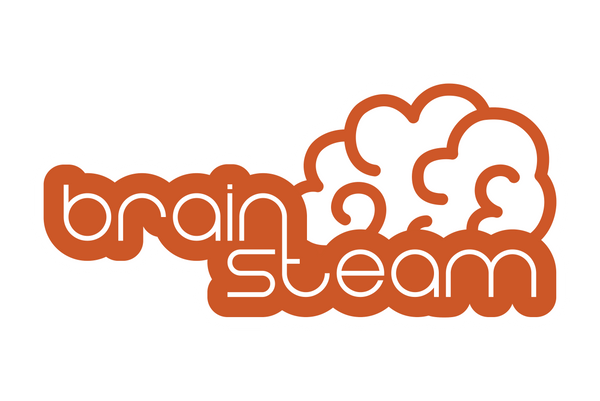Introduction:
In today's rapidly evolving world, preparing the next generation for success requires equipping them with skills that go beyond traditional education. As technology continues to shape various industries, fostering innovation and creativity among young minds has become crucial. One powerful way to achieve this is through STEAM education. By combining Science, Technology, Engineering, Arts, and Mathematics, STEAM education unlocks a world of opportunities for young learners, enabling them to develop critical skills while nurturing their innate curiosity. In this article, we will explore the benefits, strategies, and resources for nurturing young innovators through STEAM education at home.
Benefits of STEAM Education:
- Fostering Creativity: TEAM education encourages children to think critically, explore multiple perspectives, and develop creative solutions to problems. By integrating art and design into traditional STEM subjects, students are empowered to unleash their imagination and develop innovative approaches to real-world challenges. They learn to view problems as opportunities for creativity and discover the power of combining disciplines to solve complex problems.
- Building Problem-Solving Skills: STEAM education promotes a hands-on, experiential learning approach, where students actively engage in problem-solving activities. Through practical experiments, prototyping, and design thinking, young learners develop crucial problem-solving skills that are essential for success in their academic and professional lives. They learn to identify problems, analyze them, generate ideas, and test and refine their solutions through trial and error.
- Encouraging Collaboration: STEAM education emphasizes teamwork and collaboration. Students often work in groups to tackle complex projects, fostering effective communication, negotiation, and cooperation skills. Collaborative learning environments encourage the exchange of ideas and diverse perspectives, preparing young innovators for a globalized world. They learn to appreciate different viewpoints, leverage each other's strengths, and work towards a shared goal, mirroring real-world collaborative dynamics.
- Enhancing Digital Literacy:In an increasingly digital world, proficiency in technology is vital. STEAM education equips students with essential digital literacy skills, enabling them to navigate technological advancements, coding languages, and digital tools effectively. These skills are in high demand across various industries, making STEAM graduates highly sought-after. Through coding, robotics, and digital design projects, children develop computational thinking skills and gain confidence in utilizing technology as a creative tool.
Strategies for Implementing STEAM Education at Home:
- Integrate STEAM into Everyday Activities: Encourage children to explore the STEAM principles in their daily lives. For example, cooking can be an opportunity to learn about chemistry and math, while gardening can teach them about biology and environmental science. Integrating STEAM concepts into familiar activities helps children see the relevance and applicability of these disciplines. Encourage discussions and inquiry during these activities to deepen their understanding.
- Provide Access to STEAM Resources: Invest in age-appropriate STEAM kits, books, and educational toys that promote hands-on learning. These resources can include building blocks, coding kits, science experiment sets, art supplies, and online educational platforms. Interactive and engaging materials facilitate self-directed learning and allow children to explore their interests independently. Look for resources that offer step-by-step instructions, videos, and interactive elements to support their learning journey.
- Support Curiosity and Inquiry: Encourage children to ask questions and explore their interests. Create a safe and open environment where they feel empowered to experiment, fail, and learn from their mistakes. Curiosity-driven exploration forms the foundation for innovation and fosters a lifelong love of learning.
- Facilitate Collaborative Projects: Encourage children to collaborate with their peers or siblings on STEAM projects. This collaboration enhances their social skills, teaches them the importance of teamwork, and exposes them to diverse perspectives. It can be as simple as building a bridge out of recycled materials or designing a digital game together.
Sources:
- Johnson, L., & Rittenhouse, T. (2016). Cultivating Young Innovators: The STEAM Movement and Contemporary Education. Phi Delta Kappan, 97(3), 30-34.
- Maker Ed.

